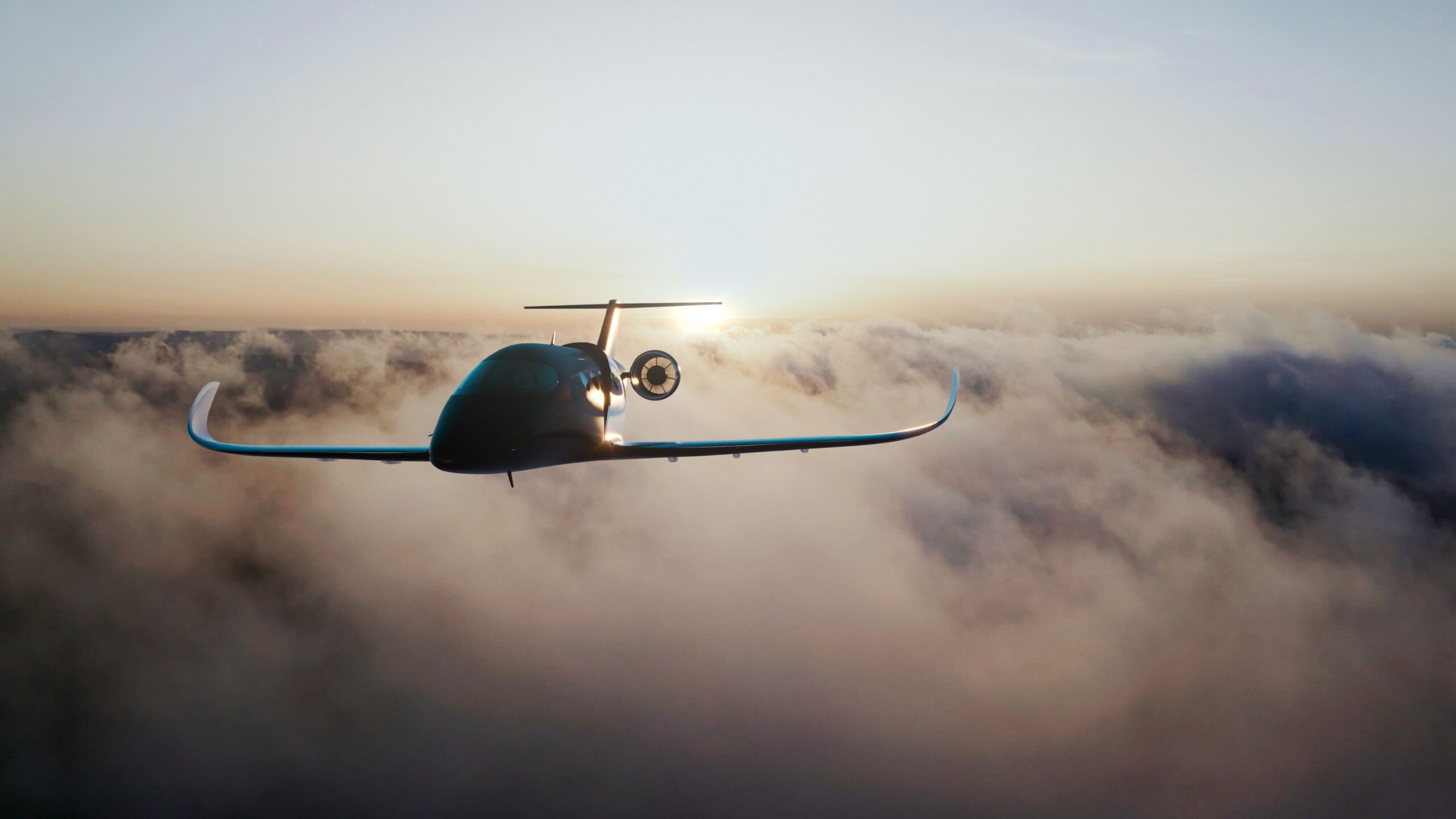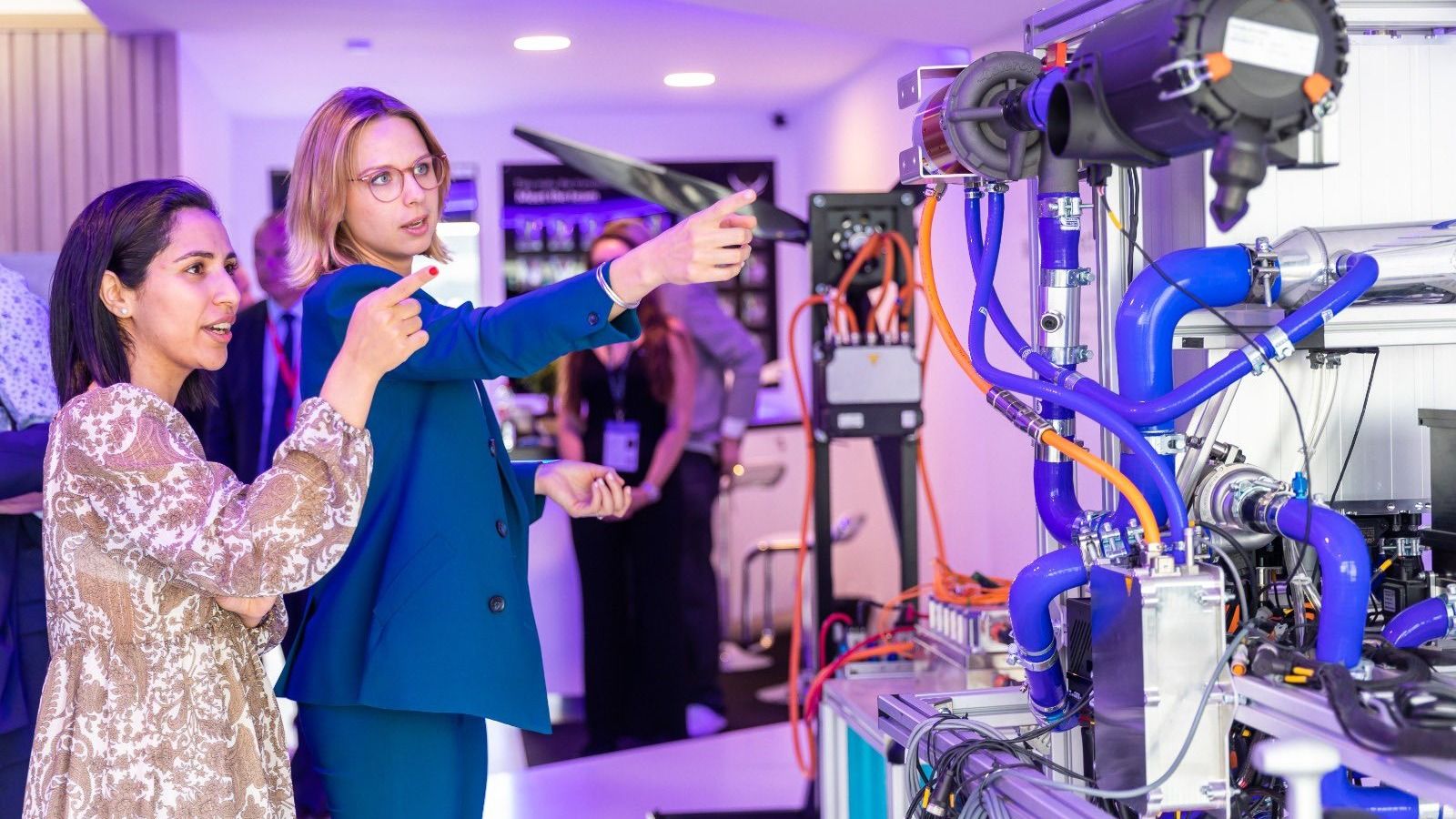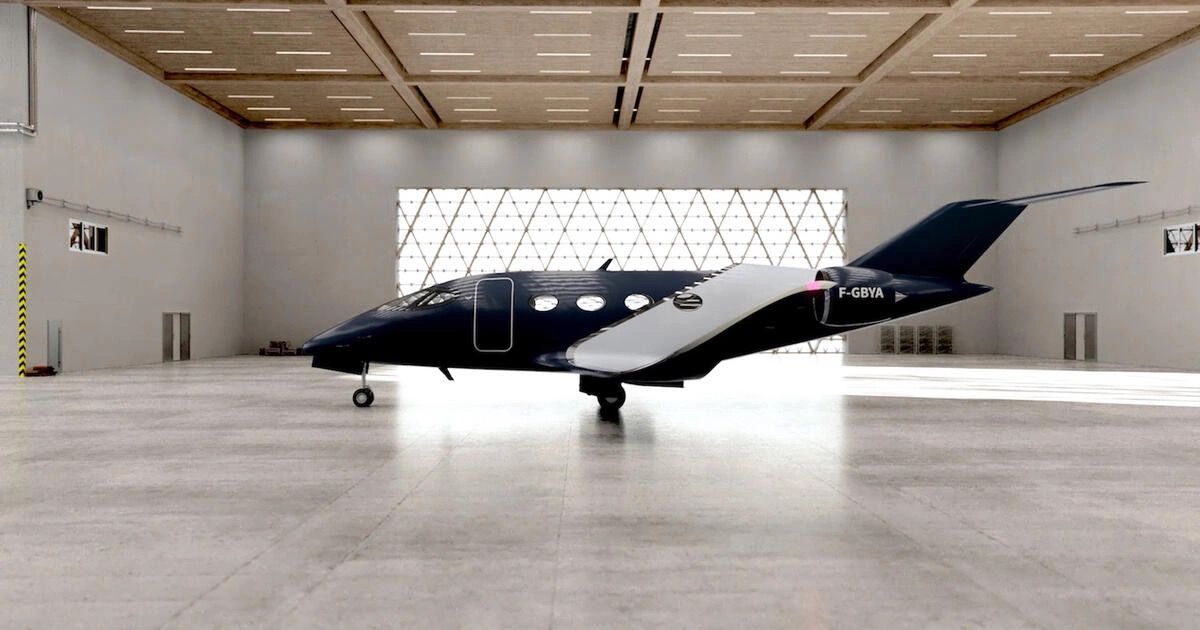Summary
- The aviation industry is addressing its carbon footprint by developing hydrogen-powered aircraft which produce only water emissions.
- French startup Beyond Aero is building an eight-seat business jet with electric engines powered by hydrogen cells, targeting individuals who travel short distances by private business jets.
- Beyond Aero aims to partner with traditional aerospace companies to build a certified aircraft, using a conventional design to streamline the certification process and create a zero-emission business jet.
While it is not an industry that embraces innovation rapidly, the aviation industry is well aware of all the bad press its carbon footprint creates. While battery-powered aircraft may be a solution for short-range flights, they are too heavy for longer journeys. The answer to the problem is building aircraft that use hydrogen to power electric engines. When hydrogen-powered aircraft take to the skies, the only emissions are water.
At last summer’s Paris Air Show, French startup aerospace company Beyond Aero announced they were working on an eight-seat business jet that would enter service by 2030. Propelled by electric engines powered by hydrogen cells, the plane would have a top speed of 356mph and a range of 920 miles. The aircraft would also be able to operate from small runways as short as 2,800 feet.
Beyond Aero wants to market the BYA-1 as a zero-emission business jet
Looking to the future of aviation, French startup Beyond Aero set out to build a hydrogen-powered aircraft. When deciding who they wanted to market the jet to, Beyond Aero targeted a market derided the most for creating needless carbon emissions. Of course, we are talking about wealthy individuals who travel short distances by private business jets.
Nowadays, it is becoming unacceptable to travel by private jet when alternative means of travel are available, such as less polluting electric-powered high-speed trains. Did you know that per-passenger personal jet travel is 17 times more polluting than flying on a commercial airliner?
The BYA-1 will look like a conventional aircraft
This was why Beyond Aero set out to build the first business jet powered by hydrogen propulsion. Beyond Aero says it is not looking to reinvent the wheel but to partner with traditional aerospace companies to build a certified aircraft. Using a conventional aircraft design to help streamline the certification process, the BYA-1 will be propelled by two electric engines powered by gaseous hydrogen fuel cells.
Photo: Beyond Aero
The brilliant mind and driving force behind Beyond Aero is co-founder 27-year-old UC Berkeley graduate Eloa Guillotin. Based in Toulouse, Guillotin and fellow co-founders Hugo Tarlé and Valentin Chomel have assembled a team of expert engineers to help make the BYA-1 a reality.
Finance-wise, Beyond Aero has raised ten million euros with the backing of the French government and is currently looking for strategic partners to help make the project a reality. For over a year, Beyond Aero has been working to build a human-scale prototype that will be propelled by a 60-kilowatt power train.
The plan is to then work on a 500-kilowatt full-scale powertrain that they will place in an existing business jet for testing. The intention is to house the hydrogen fuel tanks below the cabin. The hydrogen will then provide power to the fuel cells, which will provide energy for the plane’s electric engines.
Hydrogen is the most abundant element
Beyond Aero calls the aircraft “the dawn of a new era” that embraces nature and rethinks cohesion to create the world’s first business aircraft powered by the earth’s most abundant element, hydrogen. Boasting high energy density with little to no noise, according to Beyond Aero, when the aircraft takes to the skies, you will only hear the peaceful sound of progress.


